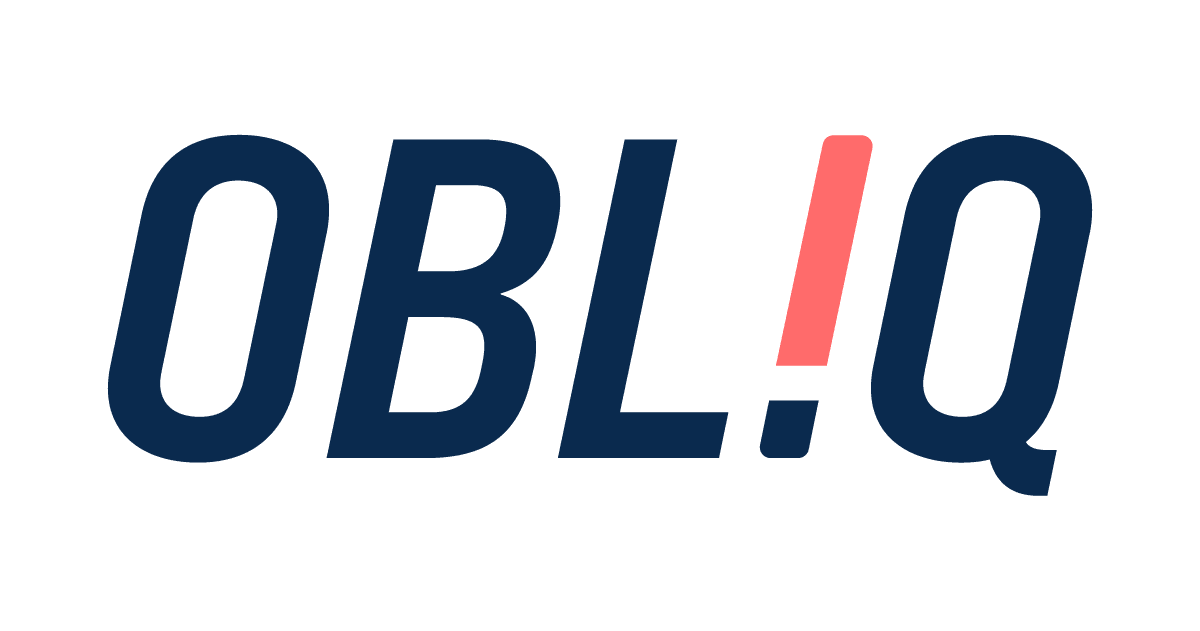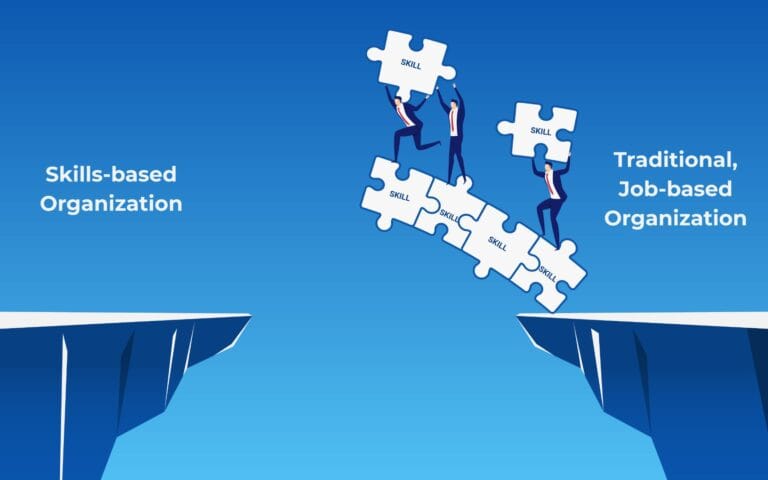If you’re a learning and development (L&D) leader, you’ve likely moved past the initial novelty of generative AI. Your teams are probably already using it to draft course outlines, generate quiz questions, or summarize content. The initial excitement was warranted, but a more significant, more strategic challenge has emerged: How do you move from scattered, ad-hoc experimentation to a truly scalable system for content creation? How do you build a powerful, efficient, and reliable AI Content Engine that transforms your entire instructional design workflow?
The reality is, while most L&D leaders are using GenAI, the strategic frameworks for scaling its use are often missing. In fact, a recent report shows that while nearly nine in ten HR leaders at large companies are experimenting with generative AI, the top concern for workers is the lack of clear policies for its safe and ethical use. This readiness gap highlights the urgent need to move beyond simply “using” AI to thoughtfully integrating it—a move that can slash training time by as much as 40% when done right.
It’s time to architect a sophisticated engine that integrates technology, processes, and people. This playbook will guide you through the four critical pillars of building that engine.
The 4 Pillars of a Strategic
AI Content Engine
1. Custom GPT Co-Pilots
Specialized AI assistants trained on your internal knowledge to augment team capabilities.
2. Team Prompt Libraries
A shared repository to scale best practices, ensure consistency, and boost content quality.
3. Rigorous Quality Control
A human-in-the-loop framework to ensure accuracy, mitigate bias, and maintain integrity.
4. Ethical AI Governance
Clear policies for transparency, fairness, and IP protection to build trust and mitigate risk.
Pillar 1: Deploy Custom GPTs as Your L&D Co-Pilots
The first step in building a true AI content engine is to move beyond generic, public-facing tools. The future lies in creating specialized AI assistants—or custom GPTs—that are tailored to your organization’s unique needs. Think of them not as all-knowing oracles, but as highly trained “co-pilots” for your L&D team. As one expert aptly puts it, “Drop the gimmicks… Now is the time to turn it into a valuable tool with practical use cases.”
A custom GPT can be trained on your company’s internal knowledge base, style guides, competency frameworks, and successful training programs. This allows it to become a true extension of your team’s expertise.
Strategic Use Cases for Custom GPTs:
3 Strategic Use Cases for Custom L&D Co-Pilots
Instructional Design Support
e.g., creating scenario-based learning, drafting lesson plans, and adapting content for different audiences.
Performance Consulting
e.g., structuring needs analysis conversations and suggesting data-informed learning interventions.
LMS/LXP Data Analysis
e.g., uncovering learning trends, identifying content gaps, and finding opportunities for improvement.
- Instructional Design Support: Generate first drafts of lesson plans aligned with your specific pedagogical models, create realistic scenario-based learning activities, or adapt existing content for different audiences and modalities.
- Performance Consulting: Build an AI assistant that can help structure needs analysis conversations or suggest potential learning interventions based on performance data.
- LMS/LXP Data Analysis: Create a GPT that can analyze data from your learning platforms to uncover trends, insights, and opportunities for improvement, helping you make smarter, data-driven decisions.
Pillar 2: Scale Knowledge with a Team-Based Prompt Library
How to Build a Team Prompt Library
5 steps to create a centralized resource for high-quality AI outputs.
1. Choose a Platform
Select an accessible, shared platform like Notion, a Wiki, or even a structured Google Doc.
2. Seed with Proven Prompts
Start by collecting and documenting prompts that team members have already used successfully.
3. Organize by Task/Function
Categorize prompts logically (e.g., Needs Analysis, Scriptwriting, Assessment Design) for easy discovery.
4. Refine & Generalize
Review and edit successful prompts to make them more versatile and reusable for different projects.
5. Train & Encourage Contribution
Show the team how to use the library and create a simple process for them to add new, effective prompts.
Your AI engine is only as good as the instructions you give it. This is why prompt engineering has quickly become “a critical skill for L&D professionals.” To scale this skill across your team and ensure consistent, high-quality outputs, you need a shared prompt library.
A prompt library is a centralized, organized repository of proven, effective prompts that your team can use and build upon. Instead of starting from scratch each time, team members can access a collection of pre-tested inputs that are known to produce excellent results.
A well-curated prompt library acts as a “cognitive scaffold” for the L&D team, bridging individual skill gaps and enabling even less experienced team members to achieve a consistently higher quality of output.
The benefits are immediate and clear:
- Efficiency: Drastically reduce the time spent crafting and refining prompts.
- Consistency: Ensure a more uniform style, tone, and quality in AI-generated content across all projects.
- Quality: Leverage proven prompts to generate better first drafts, reducing the need for extensive revisions.
- Collaboration: Create a system for sharing knowledge and best practices, fostering a culture of continuous improvement in your AI in L&D strategy
To start, choose an accessible platform like Notion or a shared document, and begin seeding it with prompts that have already worked well. Organize them by L&D task (e.g., needs analysis, scriptwriting, assessment design) and encourage team members to contribute, refine, and adapt them for broader use.
Pillar 3: Implement a Rigorous Quality Control Framework
Generative AI’s superpower is producing a massive quantity of content at incredible speed. ChatGPT is estimated to generate the equivalent of one million novels every day. But this strength is also its biggest pitfall. Without a rigorous quality assurance (QA) process, you risk sacrificing “quality, authenticity and integrity” for the sake of efficiency.
For L&D, where accuracy and credibility are non-negotiable, a human-in-the-loop QA framework is essential.
Key Quality Challenges to Address:
- Accuracy and "Hallucinations": AI models can fabricate facts and cite sources that don’t exist. All AI-generated content must be fact-checked by a human expert.
- Bias: AI models are trained on data that contains human biases, which can be mirrored and even amplified in the output. Content must be reviewed by a diverse group of people to screen for stereotypes and exclusionary language.
- The "Human Touch": AI-generated text often lacks the nuance, creativity, and emotional intelligence of a human writer. It’s crucial to edit for tone and add authentic elements like expert quotes, relevant case studies, or storytelling.
Your QA process should be a collaborative loop. The AI generates the first draft based on a high-quality prompt, and then human experts review, edit, and enrich the content. This approach combines the speed of AI with the critical thinking and contextual understanding of your L&D team, ensuring your learning experiences are both effective and trustworthy. Our expertise in Custom Digital Solutions & Experiences is built on this philosophy of blending technological innovation with deep instructional design principles to guarantee quality.
The Human-in-the-Loop QA Cycle
How to blend AI efficiency with human expertise for quality assurance.
1. Refine Prompt
An L&D Pro writes a clear, contextualized prompt.
2. Generate Draft
AI generates the initial content draft.
3. Expert Review
A human expert reviews for accuracy, bias, and tone.
4. Edit & Enrich
The L&D Pro adds nuance, storytelling, and context.
5. Publish Asset
The final, high-quality learning asset is published.
Pillar 4: Establish Ethical AI Governance
Perhaps the most critical pillar in your AI content engine is a robust ethical governance framework. As noted earlier, the number one worry among employees regarding GenAI is the lack of clear policies for its safe use. Without governance, you risk reinforcing bias, compromising data privacy, and exposing your organization to significant legal and reputational damage.
An effective generative AI governance plan is not about restriction; it’s about building trust and creating a safe environment for innovation. Your framework should be built on several core principles:
- Transparency & Explainability: Be clear with learners about how AI is being used and how their data is being handled.
- Accountability: Establish clear ownership for the deployment, monitoring, and outcomes of AI tools.
- Data Privacy & Security: Ensure all AI systems comply with data protection regulations like GDPR and give employees control over their data.
- Intellectual Property (IP) Protection: Create clear policies on the ownership of AI-generated content and strictly manage the input of proprietary company data into external AI platforms.
5 Core Principles of Ethical AI Governance
A framework for building trust and ensuring responsible innovation in L&D.
Transparency
Clearly communicate how AI is used and how learner data is handled.
Fairness
Audit AI content and recommendations to mitigate bias and ensure equity.
Accountability
Establish clear ownership for the deployment, monitoring, and outcomes of AI tools.
Data Privacy & Security
Comply with regulations like GDPR and give employees control over their data.
IP Protection
Set clear policies for AI content ownership and safeguard proprietary information.
Developing this framework requires a cross-functional effort involving L&D, IT, legal, and HR. By proactively addressing ethical considerations, you not only mitigate risks but also foster the psychological safety needed for your team to confidently embrace and leverage AI’s full potential.
Architecting Your Future-Ready L&D Ecosystem
The journey from casual AI user to the architect of a strategic AI content engine is a significant one, but it is the essential next step for any L&D function serious about scaling L&D with AI. It requires moving beyond the prompt to build a holistic system that is efficient, consistent, and, above all, trustworthy. This evolution will also redefine roles on your team, creating new opportunities for specialists like “AI Content Editors” and “L&D QA Specialists” who blend instructional design with AI acumen. By developing custom co-pilots, creating shared prompt libraries, enforcing rigorous quality control, and grounding everything in strong ethical governance, you can harness the true power of AI to elevate your team’s strategic impact.
Building this engine is the first step. The real destination is a fully integrated learning ecosystem that drives business performance. To see how our strategic approach can help you design your roadmap and Unlock What’s Next!, explore our Custom Digital Solutions & Experiences.










